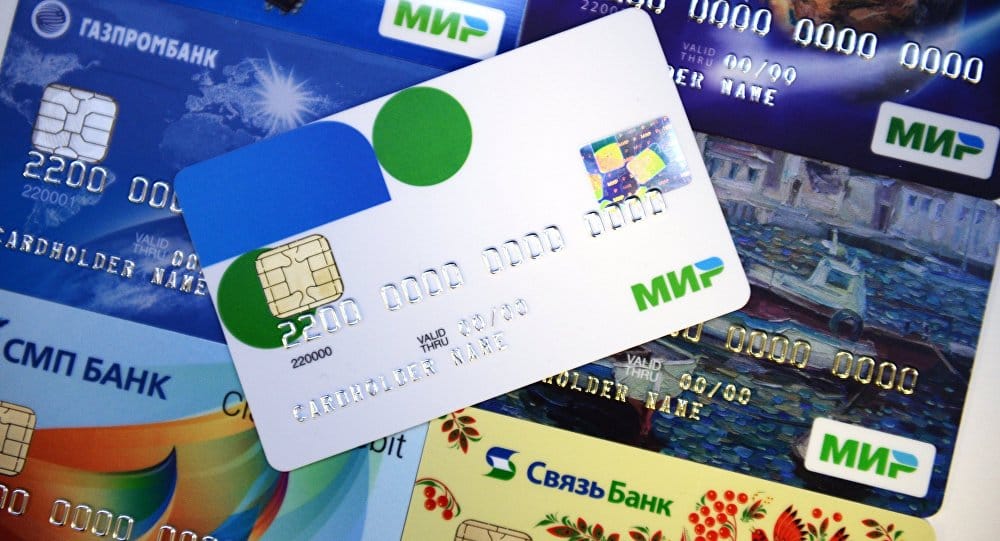Russian Mir Payment System Expands to Cuba: A Step Towards Electronic Payment Dominance in Latin America
The Central Bank of Cuba's recent announcement marks a significant milestone in the expansion of the Russian Mir payment card system, extending its reach to Cuba's retail payment networks. This development, declared on December 5, underscores the growing influence of Russia's financial network in

The Central Bank of Cuba's recent announcement marks a significant milestone in the expansion of the Russian Mir payment card system, extending its reach to Cuba's retail payment networks. This development, declared on December 5, underscores the growing influence of Russia's financial network in Latin America.
In March, the Russian ambassador to Cuba highlighted the nearing completion of integrating the Mir system in Cuba, a nation governed by communist principles. The Cuban central bank's press release confirmed that since December 2022, ATMs in Cuba have been accepting Mir cards. The plan involves a phased introduction of the payment method in retail terminals, prioritizing resort areas initially.
This move aligns with the Cuban central bank's strategy to propel businesses towards electronic payments, limiting cash withdrawals and transactions. This initiative emerges amidst a tangible cash shortage in Cuba in recent months.
The Mir payment system, operated by a subsidiary of the Bank of Russia named NSPK, was established in 2014. The circulation of Mir cards commenced in December 2015, marking a new era in Russia's financial landscape.
Despite challenges, such as warnings from the US Treasury in September 2022 against transactions with Mir, leading to its rejection by banks in Turkey and Central Asia, and sanctions imposed by Canada in July 2023, the payment system has made noticeable progress in Latin America. Reports from July indicate Mir's acceptance in Venezuelan resorts, notably Isla Margarita, demonstrating its growing acceptance in the region.
Cuba's integration of the Mir system not only signifies a new chapter in the country's move towards more digital financial transactions but also reflects the widening footprint of Russia's payment network in the Latin American financial sector.




